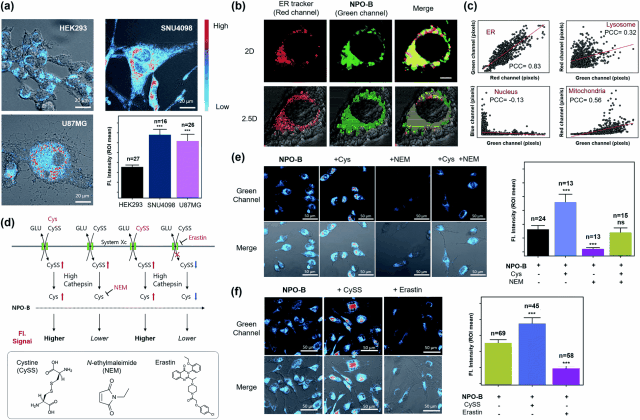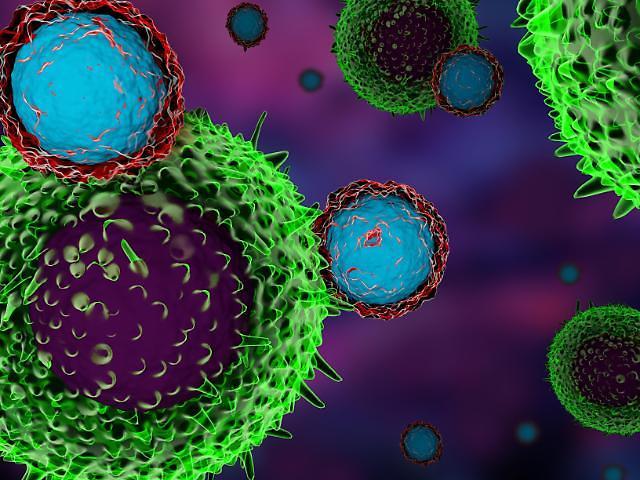[Courtesy of Chemical Science]
SEOUL -- Glioblastoma is the most aggressive form of cancer that originates within the central nervous system. It represents 15 percent of all primary brain tumors, but the cause is unclear, and there is no clear way to prevent it. Simple methods to monitor the presence or recurrence of GBM are important in treatment.
Researchers from Seoul National University College of Medicine and Kyung Hee University School of Medicine, both in Seoul, said that they have discovered a small molecular probe that can be applied to a relatively simple and straightforward following of glioblastoma (GBM) at clinical sites.
"We created and characterized a turn-on type fluorescent probe, NPO-B, that allows the tracing of Cys with high selectivity, sensitivity, and biocompatibility, the researchers said in their research paper posted on the website of Chemical Science, a peer-reviewed scientific journal. As it has no short or long-term toxicity and immune response, the probe can be fully utilized throughout various clinical applications, the paper said.
The sensing probe is based on a turn-on type fluorescence response that can measure the cysteine (Cys) level, which is recognized as a new biomarker of GBM, in human-derived cells and within on-site human clinical biopsy samples, the paper said.
The Cys-initiated chemical reactions of the probe cause a significant fluorescence response with high selectivity, high sensitivity, a fast response time, and a two-photon excitable excitation pathway, which allows the imaging of GBM in both mouse models and human tissue samples, the paper said.
"Our findings show that NPO-B has promising application for a relatively simple and straightforward screening of GBM from excisional biopsy brain tissues, and this can be used to replace the current complex protocols," the paper said.
"In addition to diagnostic applications, the probe alone or its hybrids with nanoparticles have the potential to be applied in image-guided tumor resection, all of which could benefit from a selective fluorescence probe that senses Cys."





